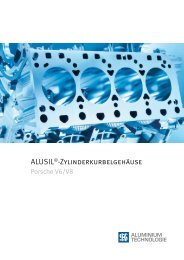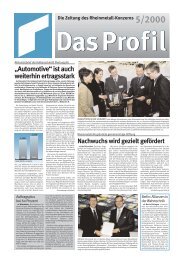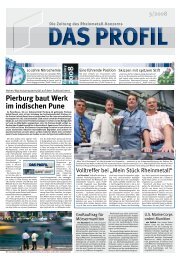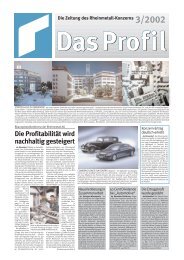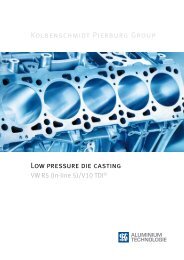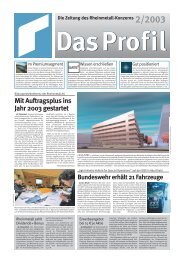ALUSIL ® -Cylinder Blocks Porsche V6/V8 - KSPG AG
ALUSIL ® -Cylinder Blocks Porsche V6/V8 - KSPG AG
ALUSIL ® -Cylinder Blocks Porsche V6/V8 - KSPG AG
You also want an ePaper? Increase the reach of your titles
YUMPU automatically turns print PDFs into web optimized ePapers that Google loves.
For absolute high-performance engines, Audi applies full<br />
heat treatment (T6) comprising homogenizing, chilling and<br />
artificial aging. This method contributes to a further distinct<br />
improvement in terms of static and dynamic strength. As the<br />
T6 heat treatment without specific artificial ageing only contributes<br />
little to volume stabilisation, but implies the risk of<br />
distortion in engine operation, the artificial ageing process<br />
is stretched in the T7 heat treatment mode, thus increasing<br />
extension.<br />
4. Audi’s V-engine generation<br />
The V-engine generation of Audi – both petrol and diesel<br />
engines – is setting standards with respect to compactness<br />
and overall length. Customers’ requests for more powerful<br />
engines even in smaller vehicle model series implied the<br />
need for shorter overall engine lengths and for reducing the<br />
vehicle front-part weight. As a result the current V-engine<br />
generation has been created.<br />
6<br />
Audi is the market leader in lightweight design, specifically<br />
in the premium segment. The lightweight strategy is impressively<br />
implemented in the car body through the Audi space<br />
frame aluminium technology. It was a logical consequence<br />
therefore to rely on a weight-optimizing all-aluminium solution<br />
for the petrol V engines – i.e. <strong>ALUSIL</strong> <strong>®</strong> cylinder blocks.<br />
5. The Audi <strong>V6</strong>, <strong>V8</strong> and V10 gasoline engine concept<br />
The <strong>V6</strong> in the large displacement version of 3.2 l, the <strong>V8</strong> with<br />
a swept volume of 4.2 l as well as V10 of 5.2 l swept volume<br />
originate from the current Audi-V engine family with a stroke<br />
of 92.8 mm (Fig. 9a and 9b ), a V angle of the cylinder banks<br />
of 90° and a central division of the cylinder block (bedplate<br />
concept). The distance between cylinders is 90 mm, the cylinder<br />
bank offset being 18.5 mm. For the <strong>V6</strong> of 3.2 l swept<br />
volume, the <strong>V8</strong> of 4.2 l and the V10 of 5.2 l displacement,<br />
the cylinder bore is 84.5 mm. It is 81 mm in the case of the<br />
Fig. 7: View of a water-jacket core box in the core shooter: water-jacket sand cores for Audi <strong>V6</strong> cylinder block (left) and <strong>V8</strong> cylinder block<br />
(right)



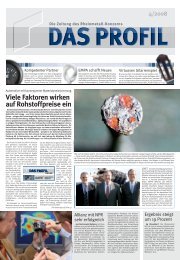

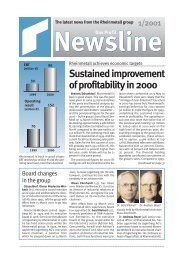

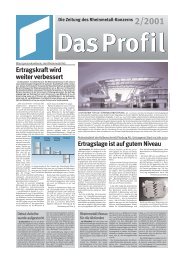
![PDF [1.0 MB] - KSPG AG](https://img.yumpu.com/5513074/1/171x260/pdf-10-mb-kspg-ag.jpg?quality=85)
